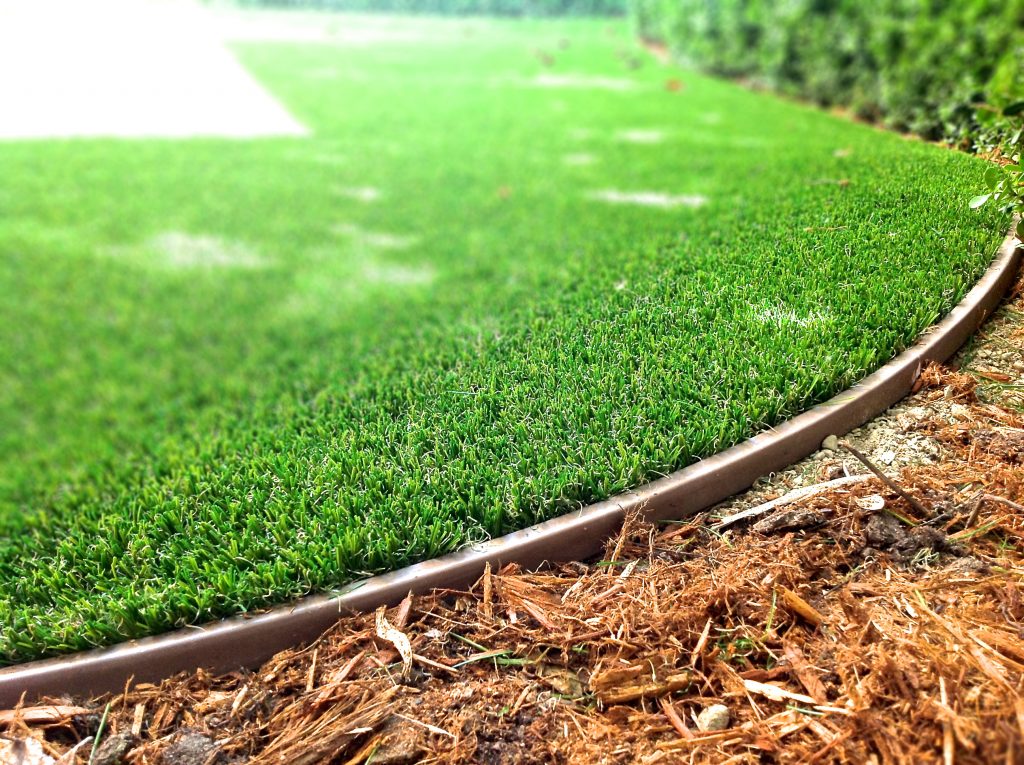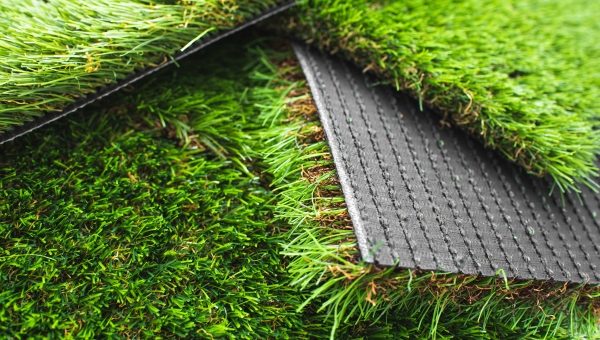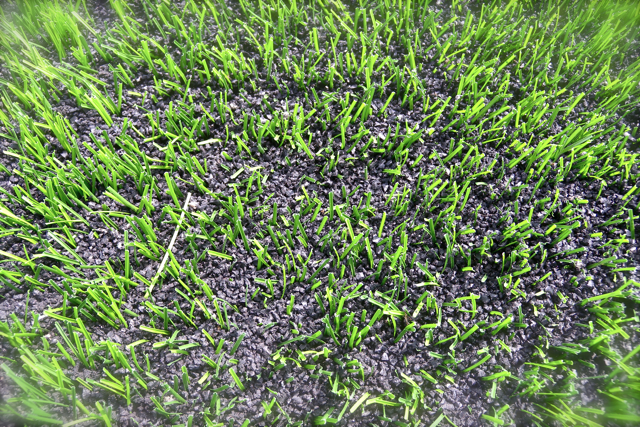See Why Homeowners Prefer Artificial Turf for Sustainable Landscape Design Practices
As house owners significantly prioritize sustainability in landscape design, artificial grass has actually emerged as a compelling choice to traditional lawn. What continues to be to be explored is the complete extent of benefits that fabricated grass can supply to property owners and the setting alike.
Water Preservation Advantages
Among the most considerable benefits of man-made turf is its function in water conservation. Traditional grass lawns call for considerable quantities of water to keep their lush appearance, frequently bring about overuse of local water resources, particularly in dry areas. In comparison, artificial turf eliminates this need totally, as it does not call for watering. This not just preserves water yet also reduces the pressure on community water systems, especially during drought conditions.
In addition, the installment of fabricated lawn can add to a much more sustainable landscape. Property owners can substantially reduce their water expenses, permitting reallocation of resources to other ecological efforts or family uses. Additionally, synthetic grass is made to hold up against different weather problems without the requirement for supplemental watering, making it a perfect option for regions facing water deficiency.
The ecological benefits extend past immediate water cost savings. By reducing water consumption, synthetic grass helps to mitigate the influences of environment modification, preserving vital ecological communities that are endangered by excessive water removal. As sustainable landscape design practices gain grip, synthetic lawn emerges as a liable option for homeowners looking for to develop eco-friendly outside spaces.
Minimized Maintenance Initiatives
Synthetic grass significantly minimizes maintenance efforts contrasted to traditional lawn lawns. With man-made yard, property owners can remove the time-consuming tasks related to natural landscape design, such as mowing, feeding, and weeding. This not only conserves beneficial time yet additionally reduces physical labor, making lawn care obtainable for individuals of every ages.
One of the most remarkable advantages is the absence of routine mowing. Typical lawns require frequent trimming to preserve a cosmetically pleasing height, whereas synthetic grass continues to be consistently lush without the requirement for reducing. In addition, property owners no longer require to use chemicals or plant foods, which are frequently needed to keep all-natural lawn healthy and balanced. This change not just lightens the work yet additionally advertises a neater, more uniform appearance year-round.
In addition, synthetic grass is durable and resilient, calling for marginal upkeep beyond periodic cleaning and rinsing to remove particles. This simplicity of maintenance allows homeowners to appreciate their outside spaces without the consistent worry of maintenance, supplying more time for leisure and family members activities. Ultimately, the lowered maintenance efforts associated with synthetic grass make it an attractive option for those looking for a low-maintenance, visually appealing landscape.

Ecological Impact Reduction
There is a growing recognition of the ecological advantages related to man-made lawn, specifically in regards to water preservation and reduced chemical usage. Conventional yards need considerable quantities of water, especially in drought-prone regions, resulting in boosted stress on regional water sources. On the other hand, man-made grass gets rid of the need for irrigation, significantly decreasing water consumption and promoting sustainability.
Additionally, conventional lawn maintenance often involves the application of herbicides, fertilizers, and pesticides, which can contribute to soil and water pollution. Synthetic grass minimizes this ecological danger by needing very little upkeep and essentially removing the requirement for damaging chemicals. This not only boosts dirt health and wellness but also shields regional ecological communities from poisonous overflow.
Moreover, the manufacturing of all-natural grass yards usually entails using nonrenewable fuel sources for mowing and landscape design devices, further adding to greenhouse gas emissions. By picking synthetic grass, home owners can significantly decrease their carbon footprint related to yard treatment activities.
Visual Charm and Versatility
In addition to its environmental benefits, synthetic grass uses significant aesthetic allure and convenience for landscaping. Homeowners can attain a lush, eco-friendly look year-round, eliminating the seasonal fluctuations frequently linked with natural turf. This constant visual not just boosts the aesthetic allure of a residential property yet also adds to a properly maintained and polished look.
Moreover, synthetic grass is offered in a range of shades, designs, and structures, permitting customization to match specific choices and layout styles - Turf installation phoenix az. Whether used in residential yards, business rooms, or leisure areas, it can seamlessly integrate right into varied landscaping designs, from modern minimal to rich tropical setups
The convenience of synthetic grass extends beyond plain appearance; it can be installed in various areas, consisting of rooftops, patio areas, and also indoor rooms, producing chances for unique landscape design options. Furthermore, it is suitable for a variety of activities, from children's backyard to pet-friendly environments, giving performance without compromising design.
Inevitably, the aesthetic charm and versatility of synthetic grass make it an eye-catching choice for homeowners looking for lasting landscaping solutions that do not compromise beauty for ecological responsibility.

Long-Term Cost Savings
One of the most compelling advantages of artificial turf is its potential for long-term cost savings. Unlike natural turf, which needs regular maintenance-- including mowing, watering, feeding, and parasite control-- synthetic grass dramatically lowers these recurring expenditures. Home owners can conserve a considerable quantity on water expenses, especially in areas where water deficiency is a pushing problem. The elimination of grass treatment services even more adds to visit site financial cost savings, as there is no requirement for specific equipment or labor.
Furthermore, artificial lawn has a life expectancy of 15 to 25 years, depending on its top quality and usage. This durability decreases replacement prices, making it a much more economical selection in the long run. The preliminary investment in man-made turf can commonly be recouped with the financial savings accumulated over time.
While the ahead of time cost may appear higher compared to turf installation, the advancing financial savings from reduced upkeep and water use frequently exceed these first expenditures. Eventually, the fostering of synthetic grass not only advertises a lasting landscape design service however additionally offers property owners a financially wise option that straightens with long-term budgeting goals.
Final Thought
Synthetic turf emerges as an engaging alternative for sustainable landscape design, supplying considerable advantages in water conservation, lowered upkeep efforts, and diminished ecological effect. As Home Page neighborhoods increasingly focus on eco pleasant methods, the fostering of fabricated grass represents a dynamic step towards attaining sustainable and resistant landscapes.
Additionally, fabricated grass is designed to hold up against different climatic problems without the need for supplementary watering, making it an excellent option for areas this content dealing with water deficiency. (Artificial turf companies phoenix)

Synthetic turf emerges as an engaging choice for lasting landscaping, providing significant benefits in water preservation, decreased maintenance initiatives, and reduced environmental impact.